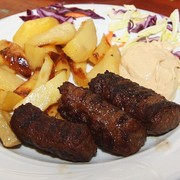and even of the regions geographically bordering in a sort of common geopolitical feeling, in fact towards the VI century BC the Ligurians occupied the area that went from the mouth of the Rhone to Pisa, including the Maritime Alps and generally western, southern Piedmont and both sides of the northern Apennines to Casentino.
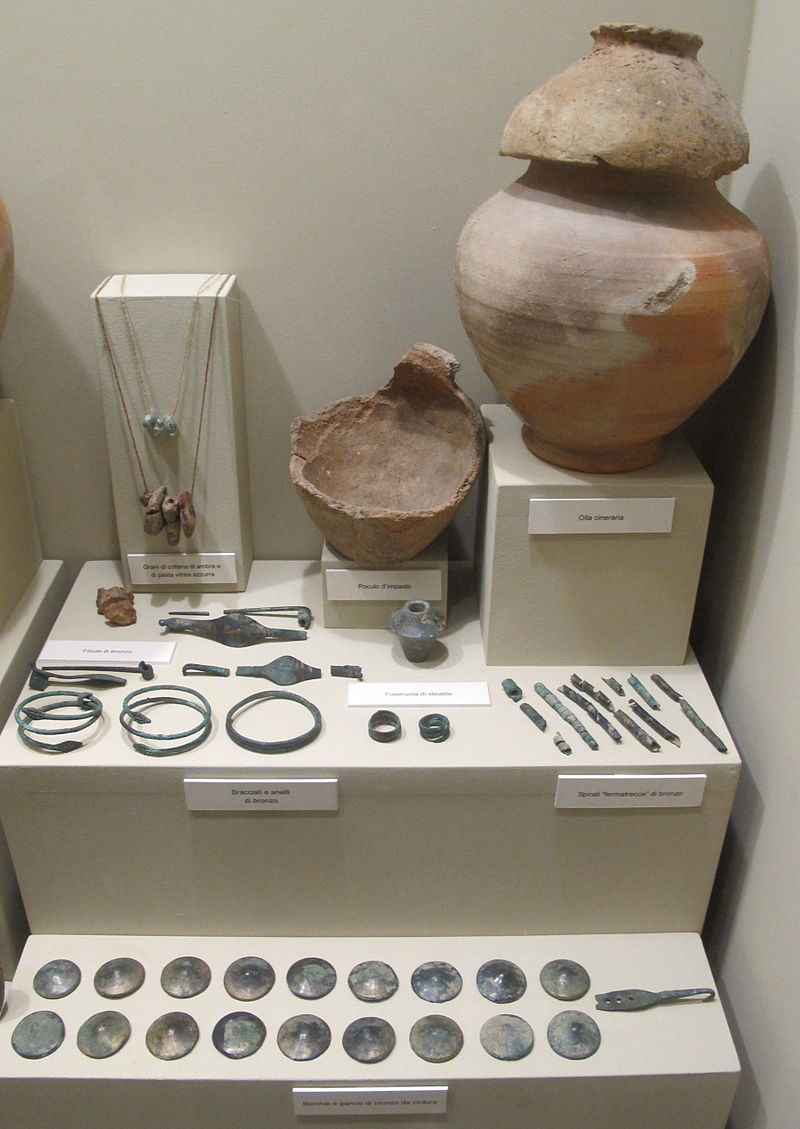
[Filicaia (camporgiano), tomb, III cent. BC, credit Sailko]
However it seems very likely that in prehistoric times the Ligurian people were more widespread and extended to include Corsica to the south, Lombardy to the north and part of Trentino, to the west most of France.In the Alps it is more difficult to mark a border between the Ligurian and the Rhaetian area, as well as, between the Lunigiana and the Arno, the boundary with the Etruscan one, even if Ligurian enclaves were also localized in other parts. The pressure of the Celts towards south restricted the historical territory of the Ligurians within the boundaries that were later of the IX regio augustea, as has been mentioned on previous occasions.
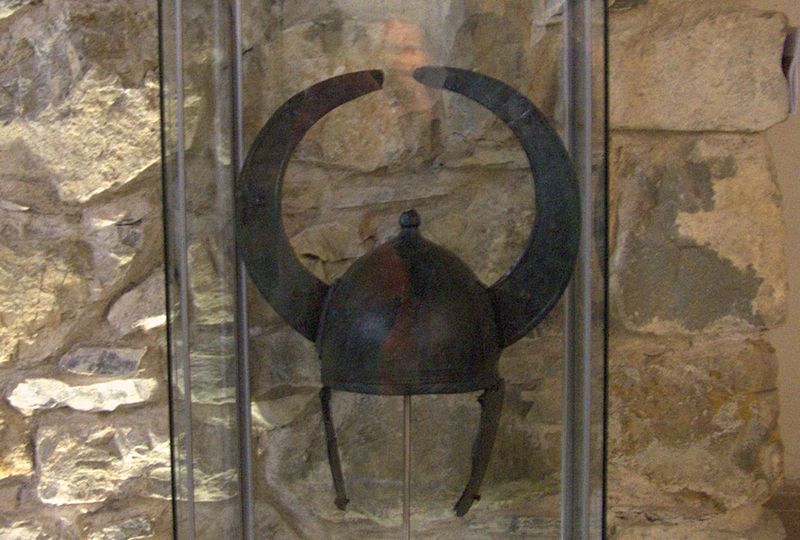
[Helm pulica warrior, credit SimonPersonalSpace]
On the other hand the contact and the mixture with the Celts formed Celtic-Ligurian tribes. The historical sources are rather scarce and sink mostly in legend and ancient myths. After the development of the Greek, Phoenician and Etruscan trades, above all, in the western Mediterranean, the maritime Ligurians created their own foundations, like Album Intimilium (Ventimiglia), Album ingaunum (Albenga), Savo (Savona), Genua (Genoa), and frequently exercised piracy, also serving as mercenaries under Carthaginian banners both during the battle of Imera (480) and during the first Punic war. The first conflicts of the Ligurians against the Romans go back to the years 238-230. During the Second Punic War they allied themselves again with the Carthaginians, and Genoa, loyal to Rome, was destroyed in 205 by Magone. The interest of the Romans for the Ligurian area intensified when, after conquering Spain, the problem of communications with the new province became vital. Eastern Liguria was more easily conquered, the control of the west one was much more difficult. Only with Augustus the Roman dominion over the western and alpine Ligurians was totally achieved.
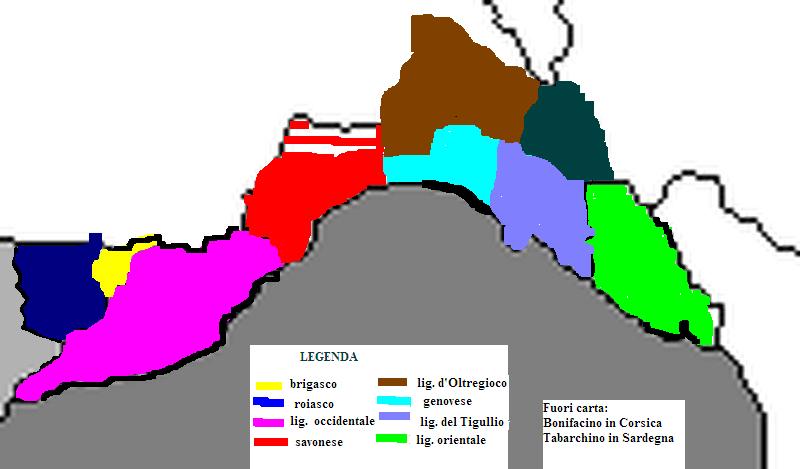
[Ligurian dialects, credit Andre86]
The knowledge of the Ligurian language is based on Latin documents and is evidenced by inscriptions found in the Sententiae Minuciorum, in the Tabula alimentaria di Veleia and especially in the inscriptions of the Canton Ticino, Val d'Ossola, Lugano and Como, written in the northretruscan alphabet and dating back to the first and second centuries BC From these sources we learn that the original Ligurian was not an Indo-European language, but it was typically Mediterranean with traits in common with Iberian and Rhaetian. "
Source: Pierluigi Casalino.

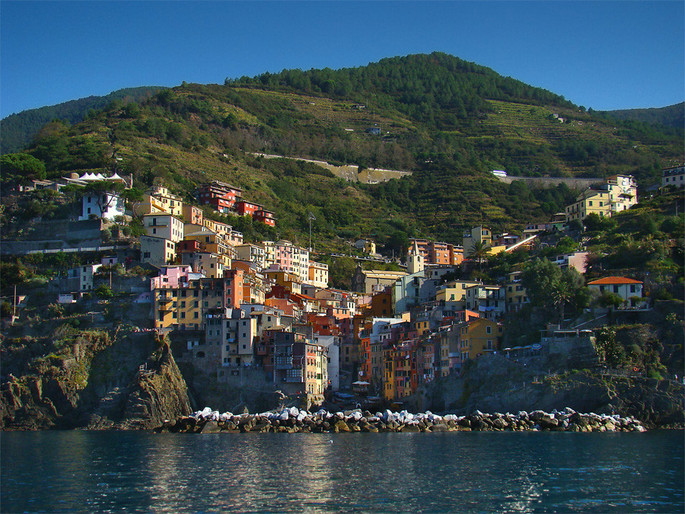












![Hanbury Gardens, itineraries for everyone all year round [Videos] Hanbury Gardens, itineraries for everyone all year round [Videos]](https://www.italyrivieralps.com/typo3temp/pics/g_a7708c6a79.jpg)





